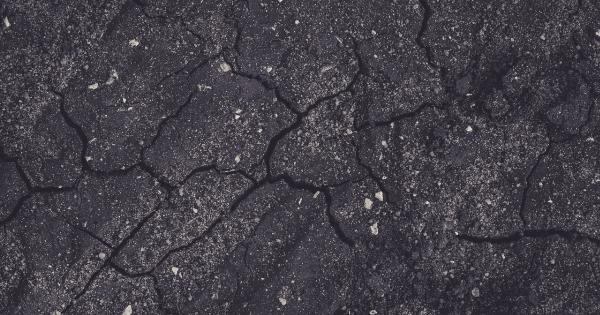As we age, our lungs, like any other organ in our body, go through changes. However, some people may experience more severe changes than others, and these changes can increase the risk of developing lung diseases.
Understanding the risk factors for aging lungs can help us take preventative measures to ensure that we maintain healthy lungs well into our golden years.
What happens to our lungs as we age?
As we age, our lung tissue becomes less elastic and more rigid, making it harder to breathe. Additionally, the number of air sacs in the lungs decreases, which can lead to a reduction in the amount of oxygen that can be absorbed into the bloodstream.
The airways may also become inflamed, making it harder to move air in and out of the lungs.
Risk Factors for Aging Lungs
Smoking
Smoking is one of the primary risk factors for aging lungs. Not only does smoking cause lung damage, but it can also accelerate the aging process of the lungs.
According to the American Lung Association, smoking is responsible for up to 80% of all cases of chronic obstructive pulmonary disease (COPD), a lung disease that makes it difficult to breathe.
Environmental Factors
Exposure to certain environmental factors, such as air pollution, can also contribute to the aging of the lungs. Fine particulate matter, a type of air pollution, has been linked to an increased risk of COPD and other lung diseases.
Occupational Hazards
People who work in certain occupations may be exposed to harmful substances that can damage their lungs over time.
For example, coal miners and those who work in the construction industry are at an increased risk of developing lung diseases due to exposure to dust and other harmful particles.
Genetics
Some people may be more predisposed to developing lung diseases due to their genetic makeup. For example, alpha-1 antitrypsin deficiency is a genetic disorder that can lead to the development of emphysema, a type of COPD.
Preventative Measures
While it’s impossible to prevent all of the risk factors associated with aging lungs, there are some things we can do to reduce our risk of developing lung diseases.
Quit Smoking
If you’re a smoker, quitting is the most important thing you can do to protect your lungs. Within just a few weeks of quitting, you’ll experience improvements in lung function and a decreased risk of developing lung diseases.
Avoid Environmental Pollutants
Avoiding exposure to environmental pollutants, such as air pollution and secondhand smoke, can also help reduce your risk of developing lung diseases.
Wear Protective Gear
If you work in an occupation that exposes you to harmful particles, be sure to wear protective gear such as goggles and masks to help reduce your risk of lung damage.
Eat a Healthy Diet
Eating a healthy diet can also help protect your lungs. Foods that are high in antioxidants, such as fruits and vegetables, can help reduce inflammation in the lungs and promote healthy lung function.
Conclusion
Our lungs go through changes as we age, and some people may experience more severe changes than others.
Understanding the risk factors for aging lungs can help us take preventative measures to protect our lungs and reduce our risk of developing lung diseases.





























